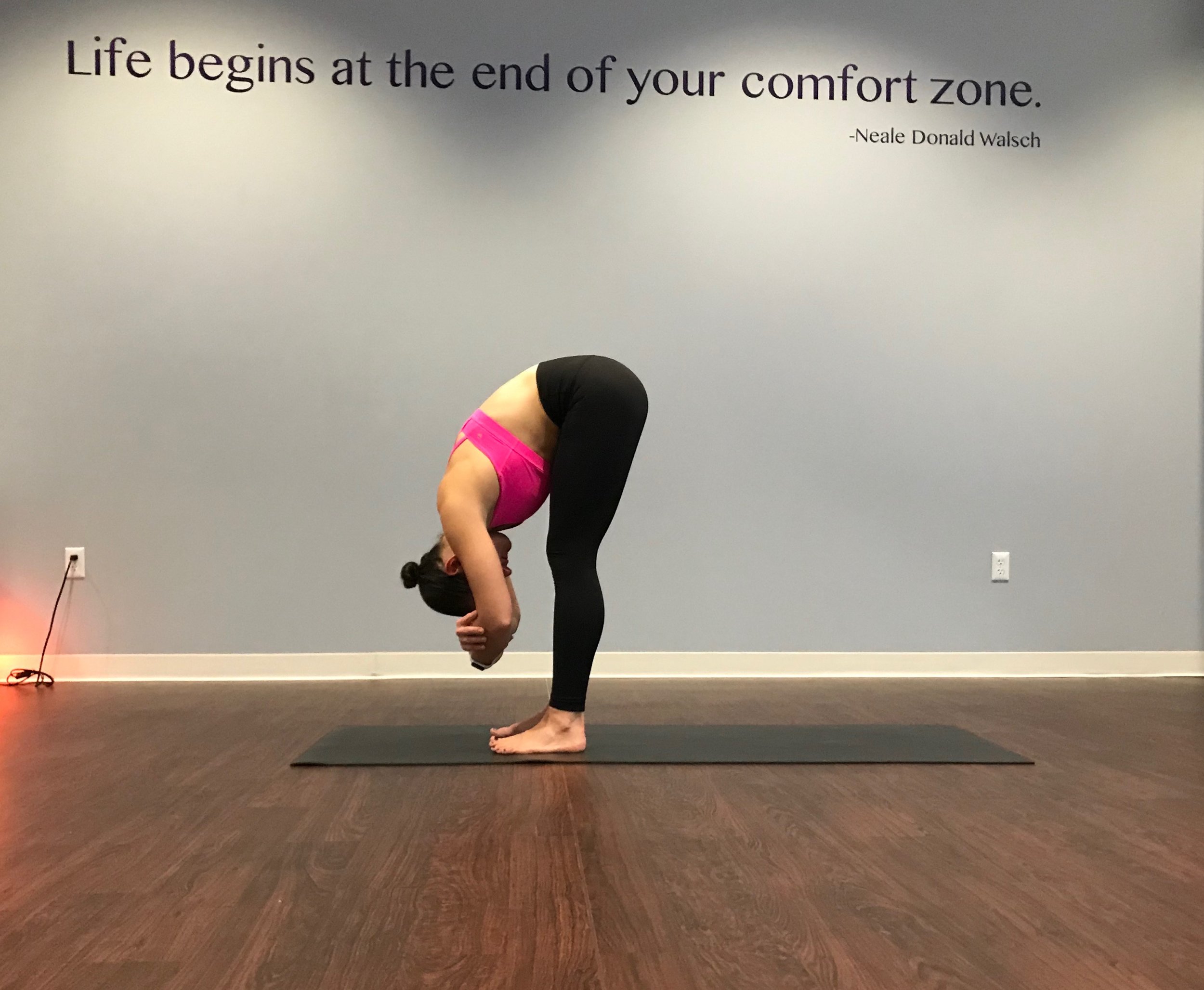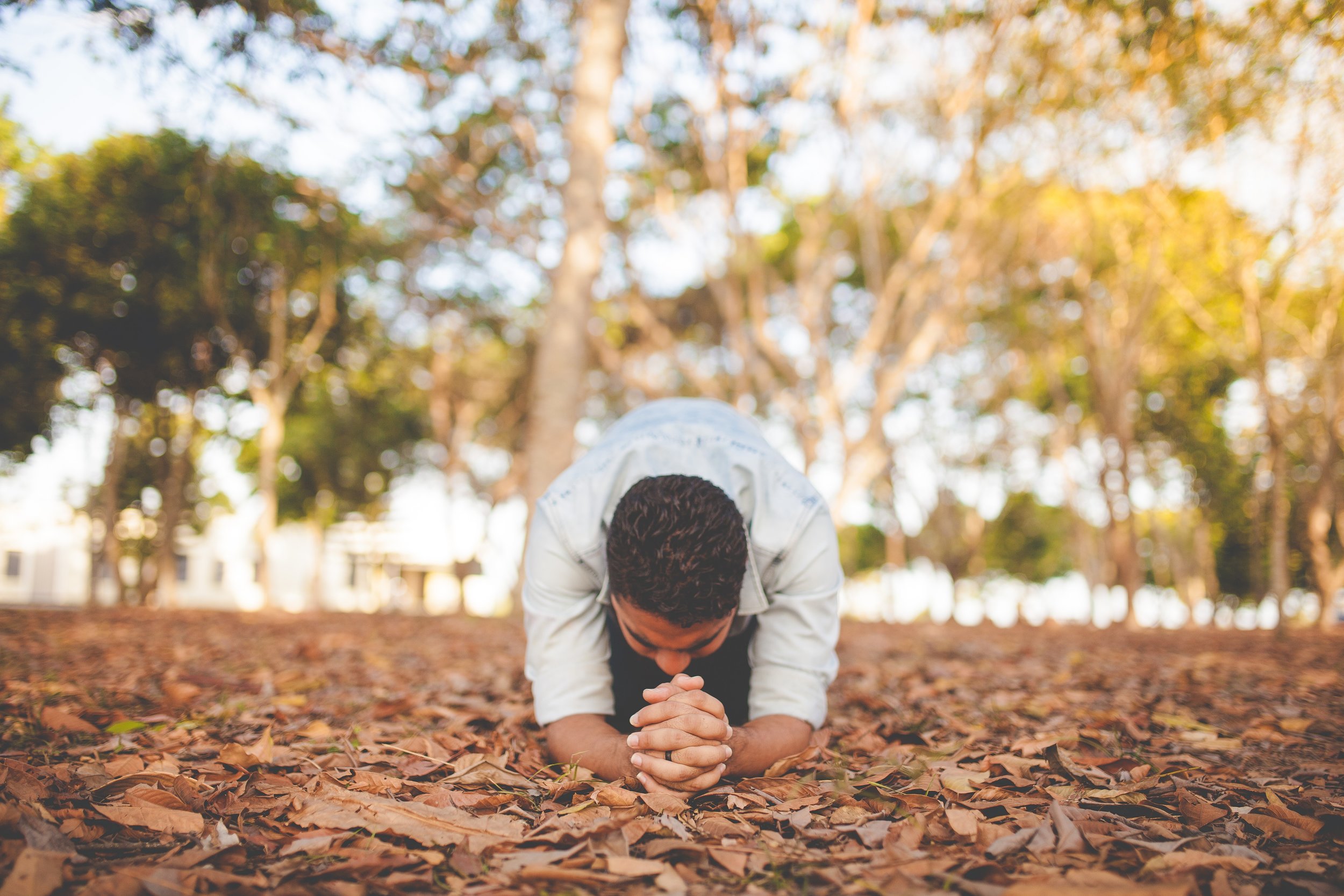Holidays got you stressed?
Stress and fatigue are often unwelcome guests during the holiday season. Stress creeps up while planning, preparing, and cooking a holiday meal, decorating your house, setting up for the holiday party, sitting in traffic, shopping, looking for a parking space, etc. Stress dampens your mood, makes us irritable, and can even cause physical pain. All of which will hinder our spirits and take away from the joy of the holidays.
There are ways to help these feelings of stress. In fact, yoga is a great tool to help stretch the body and calm the mind. Enjoying a yoga class can help you relax, recharge, and restore your mind and body through the entire holiday season.
If you can't get to a class, that’s ok. Check out some of the poses below. These postures will help you get back on track, feeling calmer and restored.
These poses should take no longer than 10 minutes and should be done in a quiet space. Hold each pose for at least 5-8 deep breaths. Focus on your breathing and give your mind some much needed rest.
Tadasana (Mountain Pose)
The foundation of all standing poses, Mountain Pose is a great resting pose. Stand with your feet parallel to one another, about hip-distance apart. Distribute your weight evenly on your feet. Keep a very small bend in the knees, engage your thighs to avoid locking your knees. Place your hands together at your heart center or by your side. Close your eyes and breathe. Allow this pose to help induce a meditative state- find some balance and calm your mind. Set an intention or take a moment of gratitude for yourself.
Uttanasana (Forward Fold)
Uttanasana will help awaken your hamstrings, calm your mind, and relieve stress & anxiety. Stand in Tadasana with your hands on your hips. Begin to bend forward from the hip joints, not from the waist. As you descend, lengthen your torso, fold over your legs, and release the crown of the head towards the floor. Hands can stay on the floor, interlaced behind your back, or grab for opposite elbows. We often carry stress and tension in our neck and shoulder area; so allow your entire upper body to release and relax. Focus on letting go all of the tension in head and your neck. Perhaps gently shake your head “yes” and “no” to ensure that your neck is completely relaxed. Imagine all of your worries and stress rolling off of your back. Close your eyes and breathe!
Adho Mukha Svanasana (Downward Facing Dog)
Down dog is one of yoga's most widely recognized poses and offers the ultimate all-over, rejuvenating stretch. Down Dog encourages fresh blood to flow through your body, allowing you to feel energized and rejuvenated. This pose is considered a mild inversion because your heart is higher than your head; this encourages blood to flow to your brain which helps calm the nervous system.
To get into the pose come onto all fours; plant your hands down towards the front of your mat and walk your feet towards the back of the mat, to resemble an upside-down V shape. Spread your fingers wide and press down with all four corners of your hands. Draw the sit bones up and back and release your heels to the mat. Close your eyes and breathe!
Balasana (Child’s Pose)
Balasana is considered one of the most restorative postures in yoga. This gentle resting pose stretches the entire backside of the body. To begin, kneel on the floor and bring your big toes to touch. Sit on your heels, then separate your knees about hips width distance apart. Lower your torso to the floor between your thighs. Allow your hips to draw back towards your heels and extend your arms out in front of you. Place your forehead on the mat or a pillow. With each breath, try to melt deeper into this pose and encourage your body to completely relax. Quiet the mind and allow your body to ground down, completely relax and release tension. Close your eyes and breathe.
Supta Baddha Konasana (Reclining Bound Angle Pose)
Supta Baddha Konasana is a classic restorative posture and one of my favorites. This pose opens the hips & groin as well as stimulates the heart, improves circulation, and allows the body to move stagnant energy. It also encourages relaxation of the abdominal muscles and soothes digestion. Find this pose by coming to lie on your back. Next, bring the soles of your feet together. Gently allow your hips to open. Rest your hands on the ground on either side of you or place one hand on your heart and one hand on your belly. Release any tension or tightness in your body and allow yourself to relax into the pose. Close your eyes and breathe!
Viparita Karani (Legs Up The Wall)
This pose is said to have the cure to whatever ails you. Legs up the wall is a restorative inversion and a great pose to help relax and explore your breath. By placing your legs up the wall, you’re allowing stagnate fluids to release, and fresh blood to flow through your body. This circulation boost allows your body to restore itself and find balance.
To start, bring yourself to sit sideways by a wall. Slowly roll onto your back and let your legs rotate up and against the wall. You may need to scoot your body closer or further away from the wall in order to find a comfortable position. Rest your arms by your side or place one hand on your belly and one hand on your heart. Once you’re comfortable, close your eyes and breathe.
Savasana (Corpse Pose)
Savasana is a pose of total relaxation and often will come at the end of a flow practice. After flowing, Savasana is a great way to allow your body to relax and feel the effects of your practice.
Find savasana by gently lieing all the way onto the floor and allowing yourself to completely surrender. Allow your legs to extend down on the mat and your feet to relax, opening towards the corners of your mat. Arms come to your side and palms face up. Release every muscle in your arms, legs, torso, and face. Close your eyes and allow your body and mind to be completely still.


















